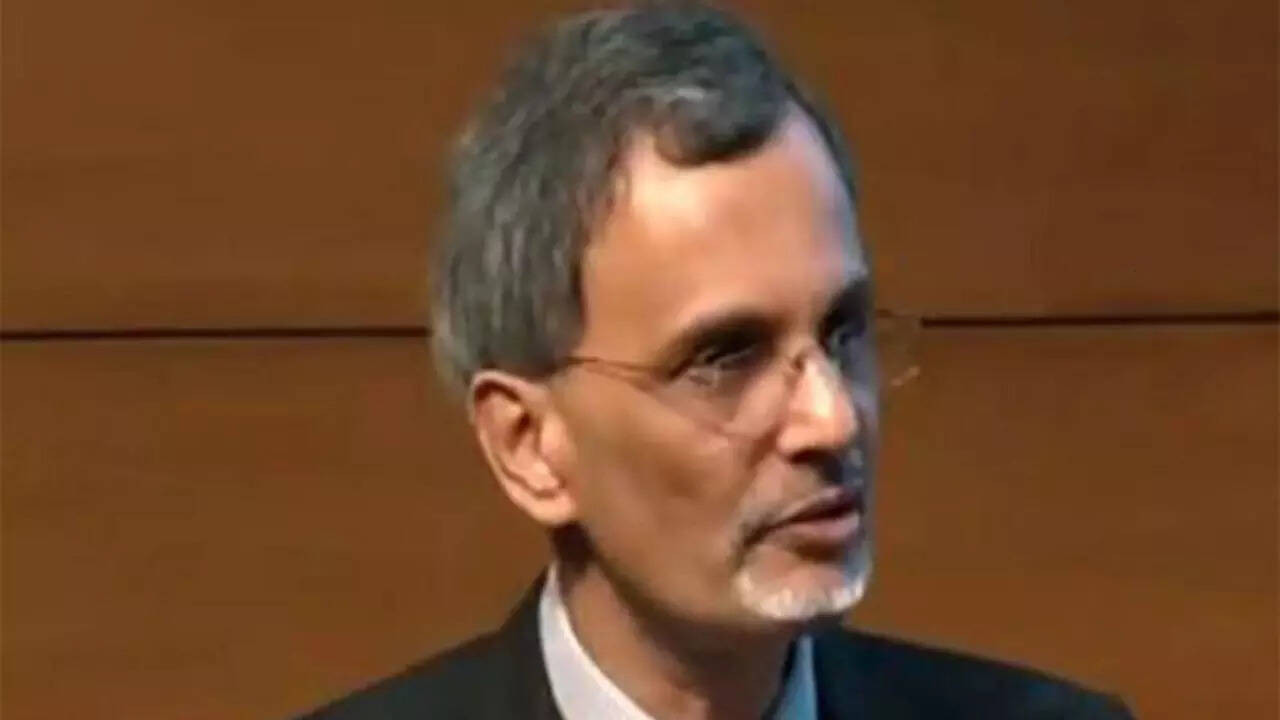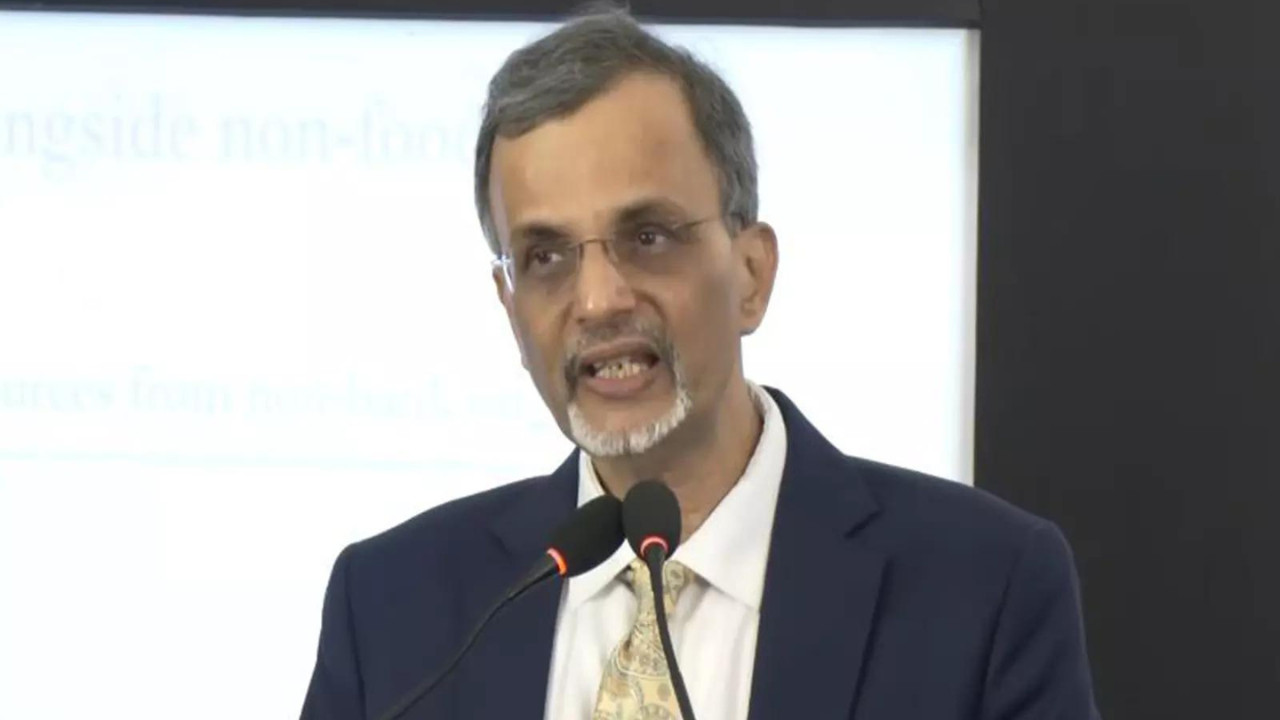Chief Economic Advisor V Anantha Nageswaran is confident India’s FY26 economic growth will surpass 6.8%, driven by increased consumption from GST rate cuts and income tax relief. He anticipates growth exceeding 6.5% and is comfortable projecting above 6.8%, awaiting Q2 numbers for a potential upward revision.
India’s Economic Engine: Gearing Up for a Brighter FY26?
The whispers around India’s economic future are getting louder, and the tone is decidedly optimistic. While navigating the complexities of a globalized world, the Indian economy appears to be charting a course toward sustained growth, with projections suggesting a promising fiscal year 2026. But what fuels this optimism, and what challenges lie ahead?
India’s Chief Economic Advisor (CEA), V. Anantha Nageswaran, recently painted a picture of an economy poised for expansion, anticipating growth “north of 6.8%.” This isn’t just wishful thinking; it’s a projection rooted in tangible drivers and policy interventions. Nageswaran points to the impact of strategic GST (Goods and Services Tax) cuts and well-aimed tax relief measures as key catalysts for this upswing. These aren’t isolated incidents; they represent a deliberate effort to stimulate demand and foster a more investment-friendly environment.
But let’s not get ahead of ourselves. Economic forecasts are, after all, just that – forecasts. The global landscape is ever-shifting, with geopolitical tensions, fluctuating commodity prices, and evolving consumer behaviors all capable of throwing a wrench in the works. However, the Indian economy has demonstrated a remarkable resilience in recent years, navigating these challenges with a degree of agility that has surprised many observers.
GST Cuts: A Shot in the Arm for Consumption?
The impact of GST cuts cannot be overstated. By strategically reducing the tax burden on various goods and services, the government has effectively lowered prices for consumers, thereby incentivizing spending. This increased consumption translates directly into higher demand for businesses, leading to increased production, job creation, and ultimately, a more robust economy.  The ripple effect of these cuts extends far beyond the immediate beneficiaries, creating a virtuous cycle of economic activity.
The ripple effect of these cuts extends far beyond the immediate beneficiaries, creating a virtuous cycle of economic activity.
Think of it like this: When the price of your favorite gadget drops, you’re more likely to buy it. That purchase stimulates demand for that gadget, prompting manufacturers to produce more, hire more workers, and invest in further innovation. It’s a chain reaction that can fuel significant economic growth.
Tax Relief: Incentivizing Investment and Innovation
Beyond GST cuts, targeted tax relief measures play a crucial role in encouraging investment and fostering a climate of innovation. By reducing the tax burden on businesses, the government frees up capital that can be reinvested in research and development, expansion projects, and the adoption of new technologies. This, in turn, leads to increased productivity, improved competitiveness, and ultimately, sustainable economic growth.
Furthermore, tax relief can also attract foreign investment, as businesses seek out locations with favorable tax regimes. This influx of capital can provide a significant boost to the Indian economy, creating new jobs, transferring valuable knowledge, and driving technological advancements.
Navigating the Global Headwinds
Of course, India’s economic prospects are not solely determined by domestic policies. The country remains deeply integrated into the global economy, and its performance is inevitably influenced by external factors. Global economic slowdowns, trade wars, and geopolitical instability can all pose significant challenges.
However, India’s strong domestic demand and growing middle class provide a significant buffer against these external shocks. Moreover, the country’s diversified economy and its increasing focus on exports are helping to reduce its reliance on any single market.
Looking Ahead: Sustainable Growth for India
The path to sustained economic growth is not without its obstacles. Infrastructure development, skill development, and bureaucratic reforms remain critical priorities. The government must continue to invest in these areas to unlock India’s full economic potential. For example, understanding the intricacies of “Startup India Seed Fund Scheme” is also a crucial step in economic sustainability and progress. (Internal link to blog post on Startup India Seed Fund Scheme).
However, the current outlook is undeniably positive. With strategic policy interventions, a resilient domestic economy, and a growing global footprint, India appears to be well-positioned for a brighter economic future. The projected growth for FY26 is not just a number; it’s a testament to the country’s potential and a reflection of its unwavering commitment to economic progress. It represents opportunities for businesses, employment for the growing youth population, and progress for all citizens of the country. The journey of India’s Economic Growth continues.







